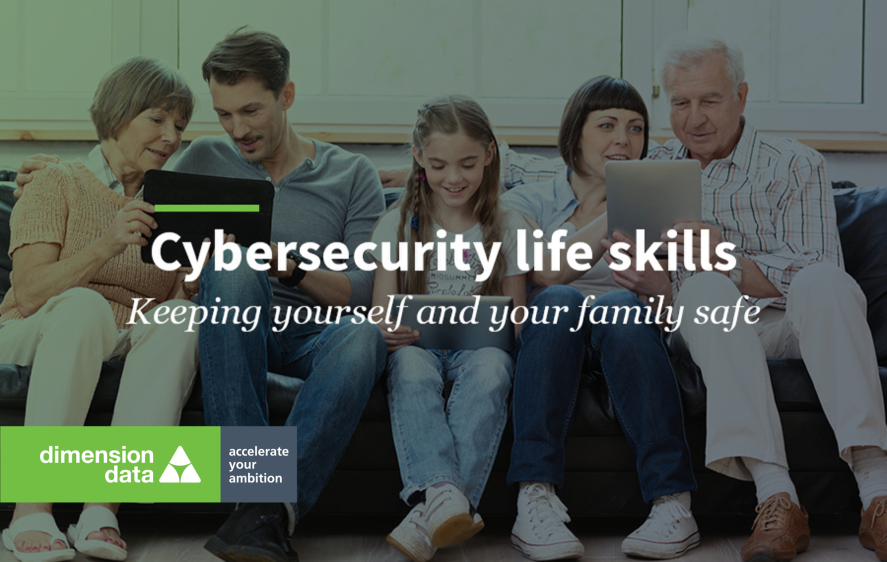DIGITAL SOLUTIONS
Cybercrime: keeping our families safe
The aim of the ‘cybersecurity life skills’ series is to give the tools in the hands of Security Officers to educate their public. We invite you to share this information to raise awareness about cybersecurity issues.
October 4, 2017

In our previous two posts, we shared some thoughts on why it’s critically important to protect your personal digital identity, and provided details of some of the free tools that are available to help you manage and protect your credentials.
In today’s article, we would like to explore some of the ways we can better protect our nearest and dearest – children, parents, grandparents, and friends – from fraud, cyberbullying, online predators, and more.
Children and the elderly are increasingly susceptible to having their digital identities compromised. More and more, we’re hearing stories of kids falling victim to ‘cyber-bullying’ on social media. Why? Because children often steal each other passwords – in most instances, they’re weak, easily guessed, or shared without the consequences being realised.
Unfortunately the number of predators using the Internet to groom children for future exploitation continues to rise. These online predators present a very real threat. They target boys and girls of all ages, using the anonymity of cyberspace to their advantage.
Often our kids aren’t taught about these things in school – so the responsibility falls to us as parents to ensure that they’re aware and protected. And we should: we put our children through courses to teach them how to drive before they sit their driver’s licence test and head out onto the road, so why don’t we do the same when it comes to educating them about the risks of exposure online? All too often we simply give them a smartphone and let them go off into cyberspace! Ultimately, protecting our children’s cyber safety is about striking a balance between personal freedom, education, guidance, and ongoing communication.
The older generation are typically less digitally-savvy and may be more trusting and therefore vulnerable to being conned into revealing their personal information if contacted online or over the phone by criminals posing as representatives from legitimate businesses. So it’s important that we also have open conversations with our parents and grandparents on these matters.
We believe the best way to protect your family from falling victim to cybercrime is to communicate, communicate, communicate. Ask them about their habits, share best practices, and encourage them to ask questions if they’re not sure.
Here are some of the basic steps that you can share with them, in order to raise their defences:
- Don’t write downpersonal credentials for example, on sticky notes, or any place that’s visible or easily accessible.
- Never share passwords.
- Change passwords frequently.
- Avoid common passwords, e.g.1234, qwerty, names of relatives, kids, or pets, favourite team, city of your birth, birth date, anniversary, date of graduation, or car license plate number.
- Create strong passwords with a combination of upper and lower case letters, numbers, and special characters.
- Don’t use the same password for multiple sites or applications.
- Use password managers such as KeePass, Lastpass, and Keeper, to set a unique and strong password.
- Be cautious while sharing your personal details on accounts such as Facebook, LinkedIn or Google+.
- If you have biometrics as an option to login then make use of it. Smartphones, tablets, and laptops are increasingly giving you the option to log on with a fingerprint instead of a password. That’s not only more secure, it also prevents you from forgetting your password.
- Enable multi-factor authentication (using more than one password, biometrics etc.) on all sites and services that offer it (banks, Dropbox, Paypal, e-mail, etc.)
- Never reveal personal details over phone to unknown persons who claim to be representatives from retailers, banks, or insurance companies or any other organisations that you’re associated with – if in doubt hang up and phone back using the official number for that organisation.